Folding 3D printer¶
This project is currently on hold
Intro¶
I like 3D-printing. In, fact i have my own machine running at home.

Meet my personal 3D printer, AKA the Jätkäsaari Spaghetti Factory. My cheapo Creality Ender-3v2. It has served me quite well, but lacks one feature I’d really like.
Several times I’ve had the need to 3D-print away from home, for instance when at my family’s summer home. As a part of my theatre project I will also be on tour, where a capability to fabricate spares in case something breaks would be awesome!
The solution I’m visualizing is a portable 3D printer. I’m imagining as a minimum baseline, something close to the capability of my ender-3 in terms of build volume, quality etc, but possible to fold into a convenient package, like a suitcase. A folding Ender, A Bender Perhaps *Que laugh track
Behold my impressive 1min image edit:
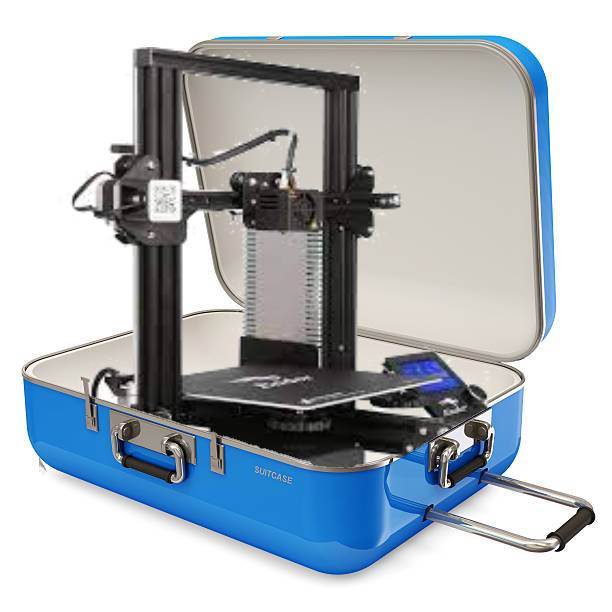

The gantry design is subject to change. In fact, i think the stock ender system of two Al-extrusions probably isn’t the best approach for this project… Or is it?
3D-printers have certain tools that are very good to have on hand. The system should therefore have a solution for tool storage as well. In fact, the tool storage aspect could be developed further, the entire package could essentially be a 3D-printer toolbox!
Research¶
There have clearly been similiar attempts previously, so I’ll start by investigating existing solutions developed at fab academy.
Requirements¶
I’ll write down some basic requirements:
- The finished device shall be capable of Additive manufacturing using the FDM process.
- Quality shall match or exceed basic 3D printers such as ender 3.
- Build size shall be 180mm^3 or above.
- The device shall incorporate a handle, and be liftable from a single point.
- The device shall have a stow function to reduce space when carried. Ideally, the stow and deploy are automatic.
- Minimum manual effort shall be required to make the device operational from stowed state. Automatic deployment and bed levelling shall be investigated.
- Printer shall have octoprint capability, an integrated system could be investigated.
- Integrated octoprint, if implemented, shall provide its own network for control.
ABL¶
ABL or auto bed levelling is a system by which a 3D printer can compensate for an angled print bed. As the portable 3d printer probably will have slight inconsistencies in deployment, an ABL system would make operation much easier. In addition. ABL systems allow compensating for warping in the print bed, thus increasing print quality.
These days, there are aftermarket ABL modules available, predominantly, BLTouch and its clones.

Bltouch costs around 40€ and is a fairly simple device. It essentially consists of a microcontroller, deploy solenoid and the microswitch probe itself. The probe is attached to the printer hotend, so that when deployed it extends slightly below the nozzle. A mesh model of the bed is created by probing a grid of positions, and this is then used when printing to compensate for gradients and warps in the bed. Most printer boards have ready connectors for an ABL probe, just need the correct firmware.
Here you can see BLtouch in action on my printer:
Folding frame¶
Slot concept¶
I messed around in Inventor trying some frame designs.
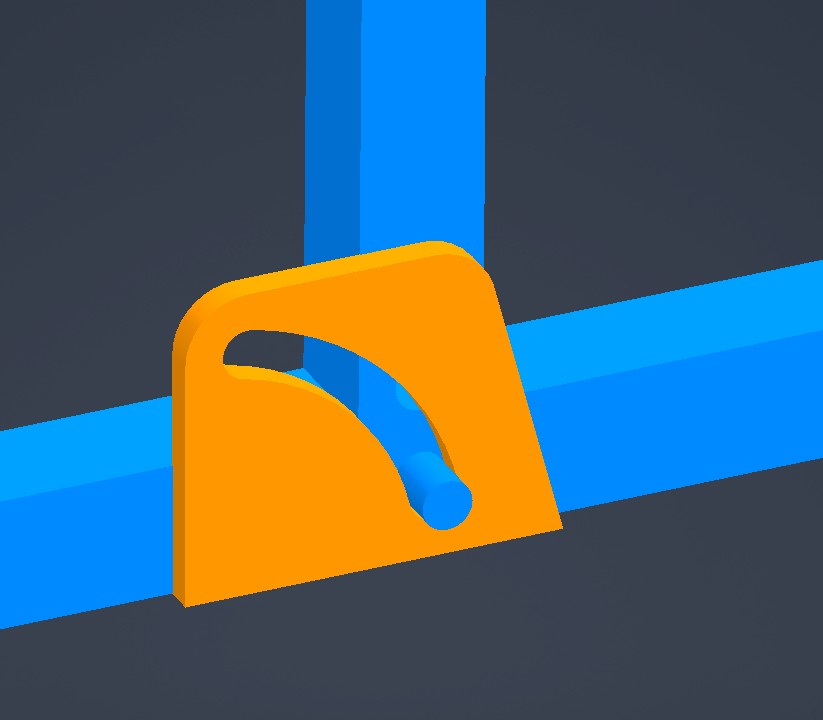
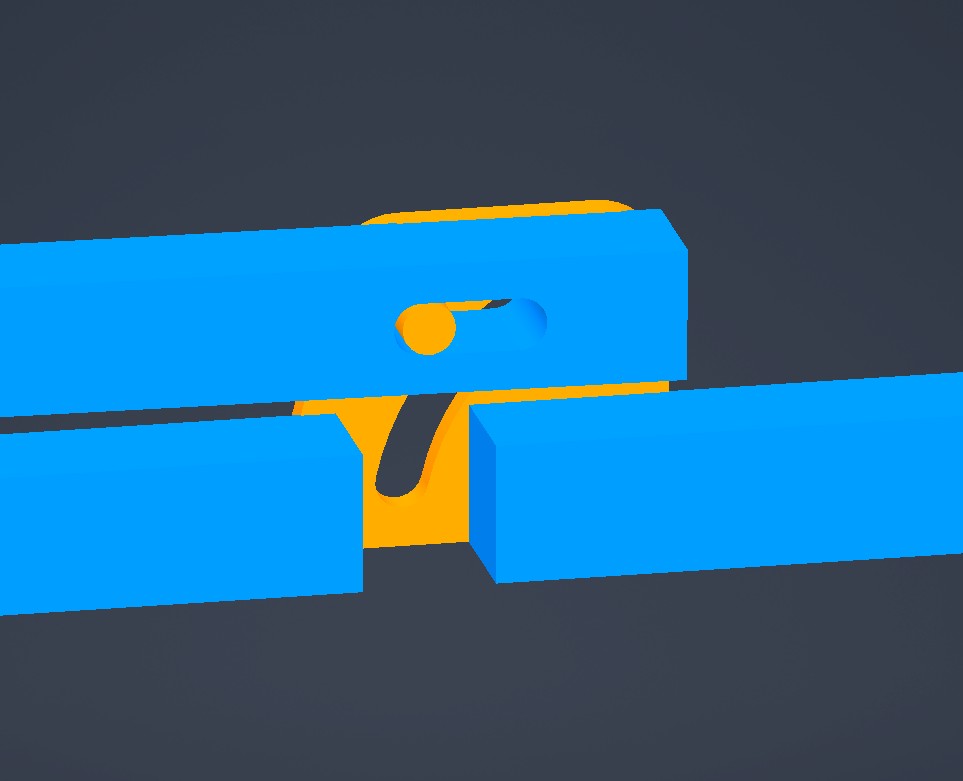
Inspired by the Ender, I’m thinking about constructing the frame out of 20x40 and 40x40 aluminium extrusion. The hinge consists of a plate, two pegs and a slot milled into the extrusion.
After a bit of rethinking, i came up with v2:
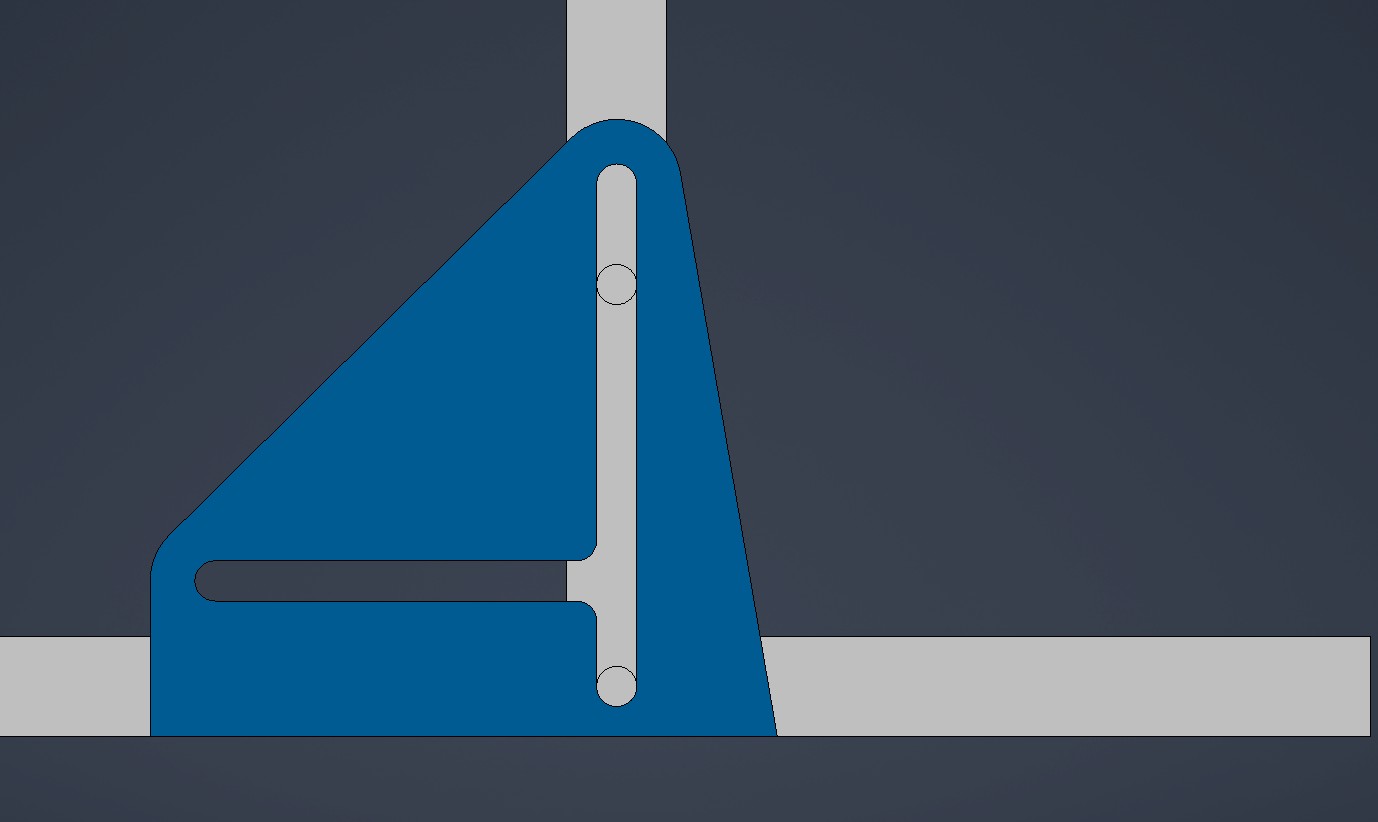
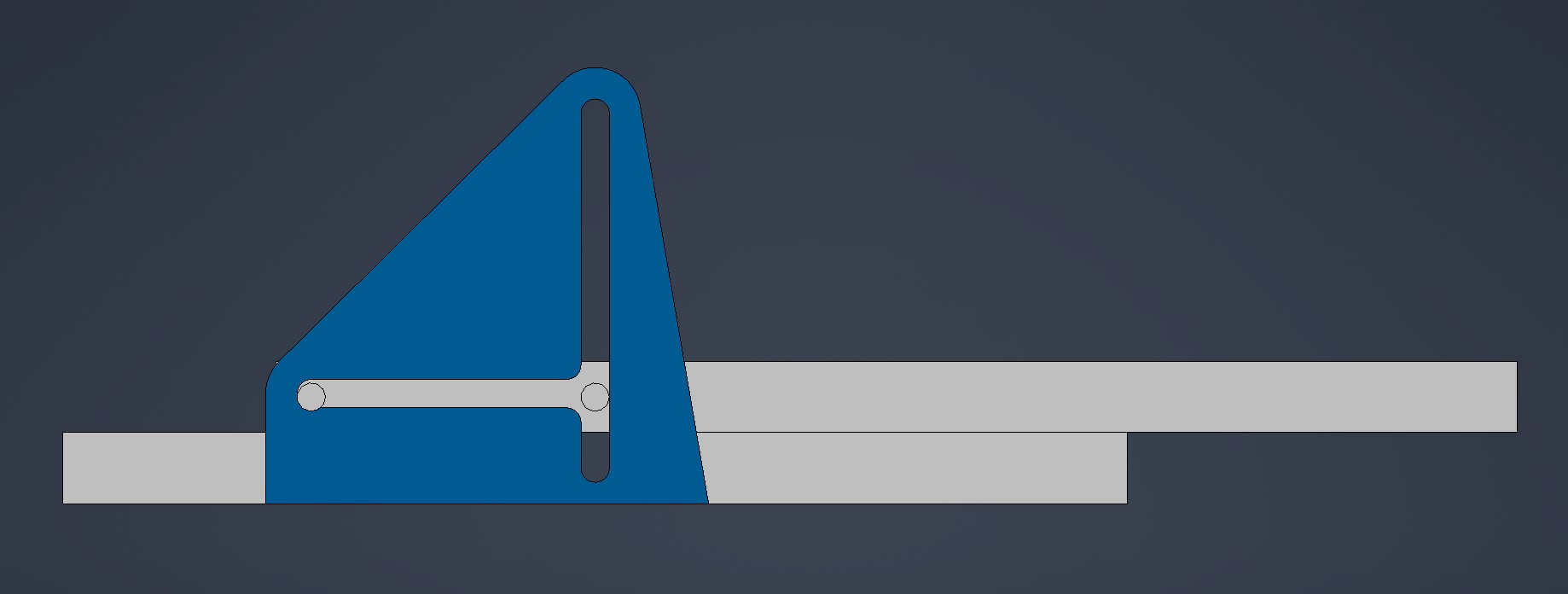
This version is definetely taller, but the folding is more compact. I might incorporate some levers to help…
Lever concept¶
Okay I went back to the drawing board, and developed a lever based solution.
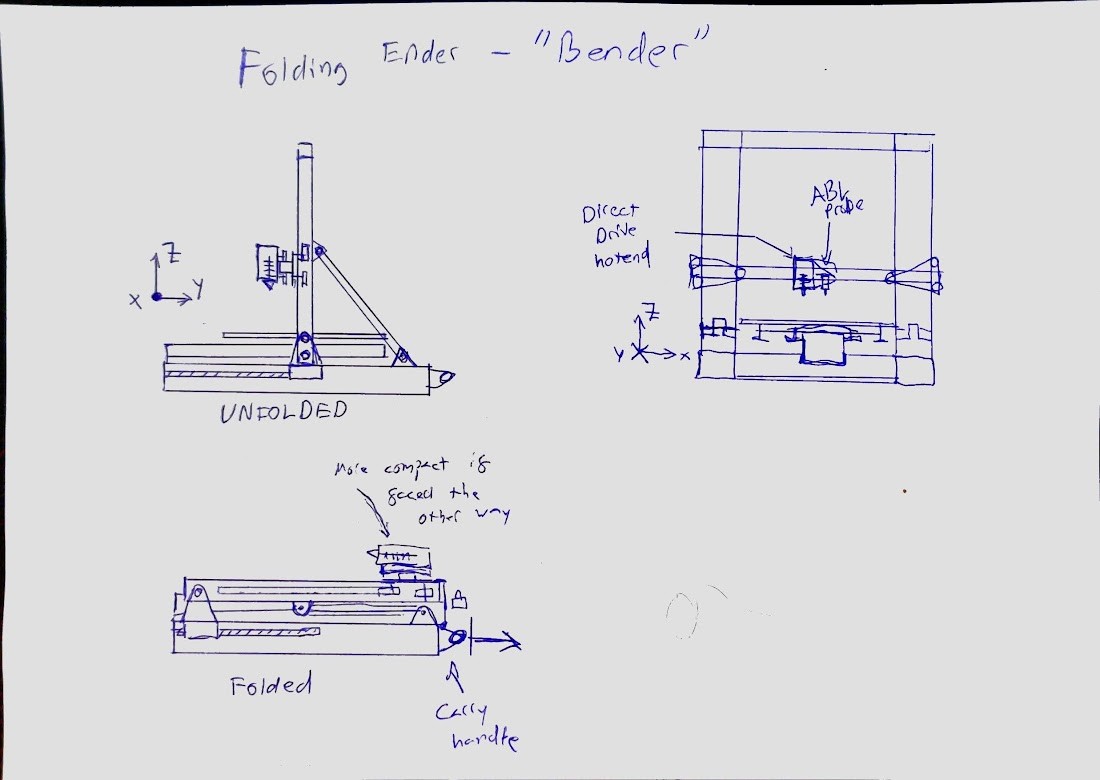
(Ignore floating parts. I was lazy and simply manually put offsets on the components to trim them to the correct shape.)
The lever solution is my favorite so far. It folds compact and should still have good stiffness, thanks to the 3-point attachment. I could also put an internal worm gear in the extrusion to move the components in place. Then I’d have my powered deployment sorted out.
Like the Ender, I think aluminum extrusions are a nice way to make the frame. They are rigid, light and easy to attach both fixed and moving parts to. Inventor’s content library didn’t have v-slot extrusions ready, so I used simple square tubes as placeholder. I might create my own profile library for the final CAD.
In a further development, I moved the lever to the upper side of the folding arm. In this way, the machine folds even more compact.